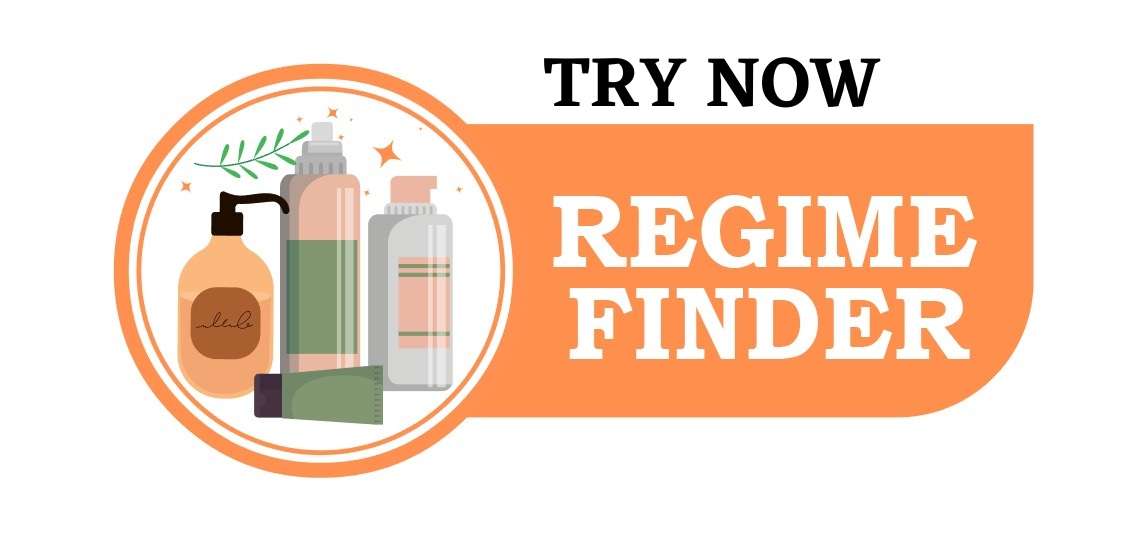Banned Ingredients Across the Globe: Understanding Cosmetic Regulations
April 17, 2025 2025-04-17 8:20Banned Ingredients Across the Globe: Understanding Cosmetic Regulations
As an Amazon associate, Dermatocare earns from valid purchase made by clicking on the affiliate links in this blog.

Banned Ingredients Across the Globe: Understanding Cosmetic Regulations
The regulation of cosmetic ingredients varies worldwide, with different countries taking different approaches to ensure safety for consumers. This article explores some of the most stringent regulations on banned ingredients in cosmetics, focusing on three key regions: the European Union (EU), the United States (U.S.), and California, highlighting their unique approaches and providing a snapshot of critical ingredients that are prohibited or restricted.
1. European Union (EU) Banned Cosmetic Ingredients
The European Union enforces one of the most comprehensive sets of regulations governing cosmetic ingredients. Under the EU Cosmetics Regulation (EC) No 1223/2009, over 1,600 substances are banned from use in cosmetics, making it one of the strictest regulatory frameworks in the world.
Key Categories of Banned Ingredients in the EU:
- Carcinogens, Mutagens, and Reprotoxic Substances (CMRs)
- Formaldehyde (preservative and disinfectant)
- Benzene (solvent)
- Lead acetate (colorant)
- Toluene (solvent)
- Hydroquinone (restricted to specific uses)
- Endocrine Disruptors
- Butylated hydroxyanisole (BHA) (antioxidant with hormone-disrupting potential)
- Parabens (some types, e.g., isopropylparaben, are banned)
- Triclosan (banned in leave-on products)
- Heavy Metals and Compounds
- Mercury and its compounds (neurotoxic)
- Cadmium compounds
- Arsenic compounds
- Preservatives, Dyes, and Fragrances
- Chloroform (carcinogenic)
- Hexachlorophene (neurotoxic)
- Coal tar (and derivatives)
- Musk ketone (synthetic musk)
- Nanomaterials and UV Filters
- Unapproved UV filters like PABA and 4-MBC are banned or restricted.
2. United States (U.S.) Banned Cosmetic Ingredients
The United States follows a different regulatory framework. The Food and Drug Administration (FDA) oversees cosmetic products under the Federal Food, Drug, and Cosmetic Act (FD&C Act). However, the U.S. has a much smaller list of banned ingredients—only 11 compared to the EU’s more than 1,600.
FDA-Banned Ingredients in Cosmetics (U.S.)
- Bithionol (causes photosensitivity)
- Chloroform (carcinogenic)
- Mercury compounds (neurotoxic, restricted use in eye area)
- Vinyl chloride (carcinogenic gas)
- Methylene chloride (carcinogenic and toxic)
Additionally, some ingredients are not banned but are heavily regulated or under scrutiny:
- Formaldehyde (carcinogenic, discouraged for use)
- Coal tar dyes (restricted due to carcinogenicity in some contexts)
- Hydroquinone (OTC use banned in 2020)
- Triclosan (banned in antibacterial soaps since 2016)
- Phthalates (debated endocrine disruptors)
For more details on FDA-approved and restricted ingredients, visit the FDA website.
3. California’s Toxic-Free Cosmetics Act (2025)
Starting January 2025, California enforced the Toxic-Free Cosmetics Act, which further strengthens the regulation of toxic ingredients in personal care products sold within the state. Under this law, the following 24 substances will be banned in cosmetics.
4. India: Banned Cosmetic Ingredients
In India, the regulation of cosmetic products falls under the Drugs and Cosmetics Act, 1940 and the Rules 1945, administered by the Central Drugs Standard Control Organization (CDSCO). While India’s regulatory framework for cosmetics is evolving, there are certain ingredients banned or restricted due to their potential harm to consumers.
Banned Ingredients in Cosmetics in India (as per CDSCO guidelines)
- Mercury Compounds
- Hydroquinone (above 2%)
- Formaldehyde
- Benzene
- Lead and Lead Acetate
- Phthalates
- Cationic Surfactants
- Lead and Cadmium Compounds
- Arsenic Compounds
- Chlorofluorocarbons (CFCs)
- Toluene
Restricted Ingredients in India
- Parabens (Ethyl, Methyl, Propyl, Butyl)
- Triclosan
- Talc: Although not strictly banned, there are growing concerns about the use of talc in cosmetic products, especially in baby powders and other skincare products, due to potential contamination with asbestos, a known carcinogen.
Conclusion
With growing global awareness about the potential health and environmental risks of certain cosmetic ingredients, regulatory bodies across the world—including the EU, US FDA, and Indian authorities—have taken decisive steps to ban or restrict the use of harmful substances in beauty products. At Dermatocare, we prioritize your safety. Every product we review is carefully scanned for the presence of globally banned or controversial ingredients to ensure it aligns with international safety standards. Our aim is to help you make informed skincare choices backed by science and dermatological expertise.
ROUTINE FINDER
Get free dermatologist-recommended regime by choosing your skin or concerns.

FACE

HAIRS

CHILD

BODY




